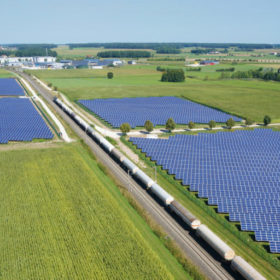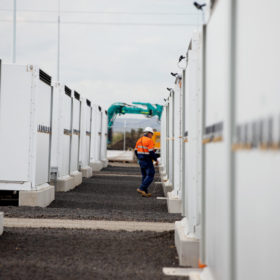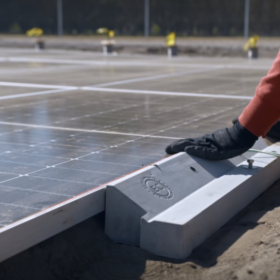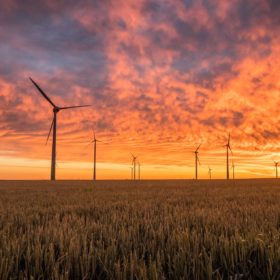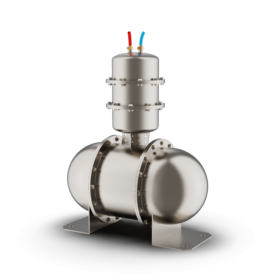Germany installed 675 MW of solar in November
Germany’s newly installed PV capacity for November consisted of 596 MW of subsidized systems and 73 MW of installations built without public support. In the first 11 months of 2022, the country added around 6.8 GW of new solar capacity.
Engie completes 87.9 MW solar plant in Chile
Global Energy Services started building Engie’s 87.9 MW Capricornio solar project in northern Chile in 2019. The facility is located in a region that is known as the sunniest part of the world.
Japan’s Okinawa prefecture curtails solar generation for first time
Japan’s Okinawa Electric Power Co. has introduced PV curtailment measures in response to high solar radiation levels and low energy demand.
A closer look at potential-induced degradation in solar cells
UK scientists have examined the impacts of potential-induced degradation (PID) in solar cells and modules, based on a field study from a 1.2 MW PV system in Spain. Meanwhile, in a separate study, scientists in Japan have created a model for one of the less-investigated PID mechanisms, creating a model of its progress that will be useful in future research and mitigation efforts.
Techniques to build thermally co-evaporated mini perovskite solar panels
Scientists in Singapore have reviewed all thermal evaporation techniques for the production of perovskite solar cells and modules. Despite limitations, the new methods could lead to high production throughputs and more efficient products.
Neoen presses ‘go’ on construction of fourth Australian big battery
France’s Neoen has begun construction on its 200 MW/400 MWh Western Downs Battery in the Australian state of Queensland. It is Neoen’s fourth big battery in Australia and brings its storage portfolio to 776 MW/1,279 MWh in operation or under construction.
Uzbekistan’s 500 MW PV tender concludes with lowest bid of $0.02888/kWh
The winners of Uzbekistan’s latest renewables tender were Masdar, Voltalia, and a consortium led by PowerChina. Voltalia submitted a bid of $0.02888/kWh for a 100 MW solar facility in Uzbekistan’s Khorezm region.
US startup to build 100 MW solar plant with modules on ground
Erthos claims that with its new installation method, solar facilities could occupy just one-third of the surface covered by conventional PV plants, potentially reducing installations costs by up to 20%.
Tata Power to set up 255 MW wind-solar project for Indian utility
Tata Power Renewable Energy has agreed to build a 255 MW hybrid power project in India, featuring 170 MW of wind and 85 MW of solar.
French startup unveils new residential thermo-acoustic heat pump
Equium has developed a new thermo-acoustic heat pump core that reportedly produces 3 kW to 4 kW of heat for every kilowatt of power it consumes. It says the refrigerant-free device could generate domestic hot water at temperatures of up to 80 C.
